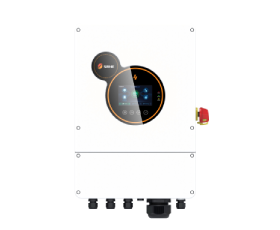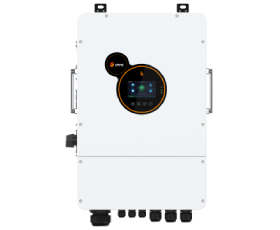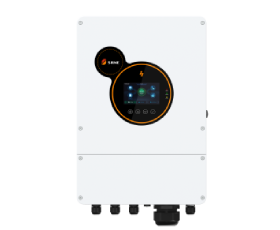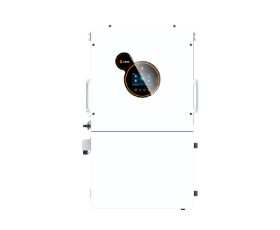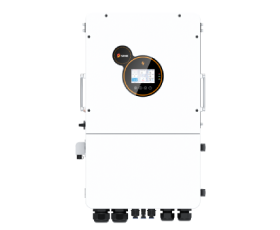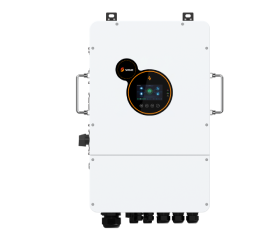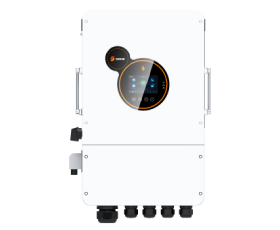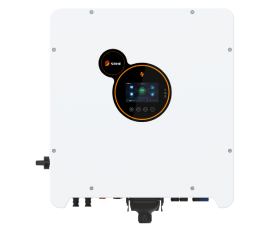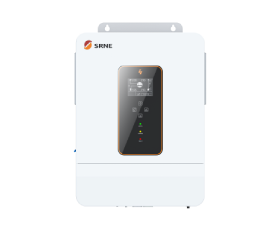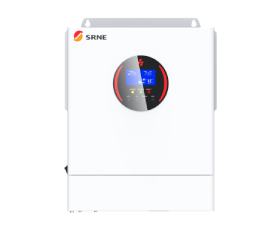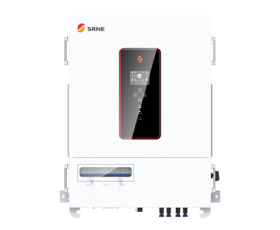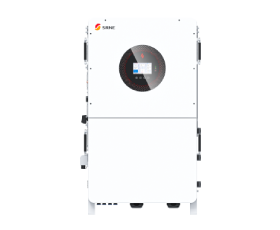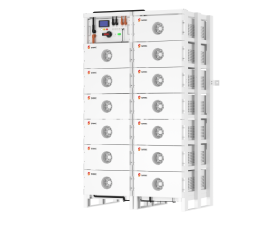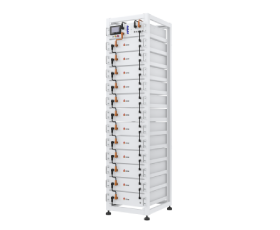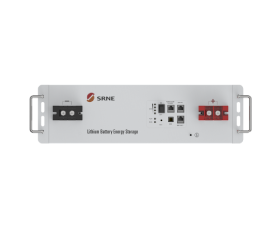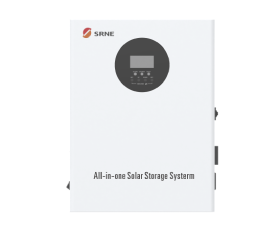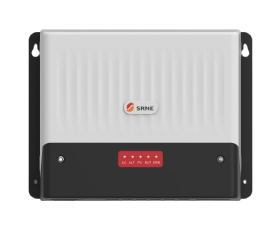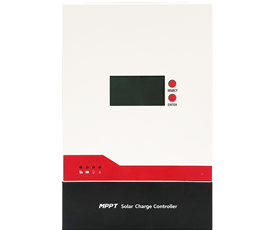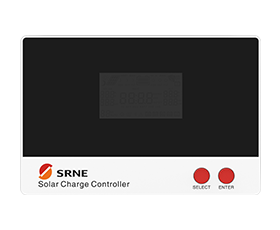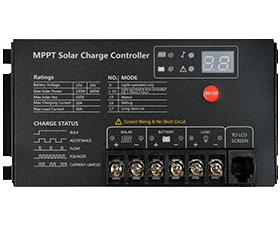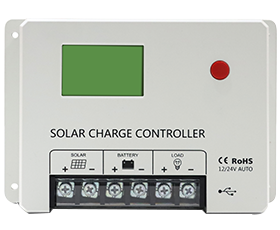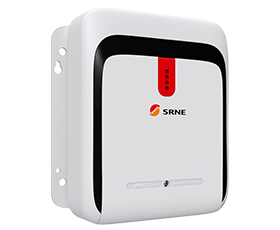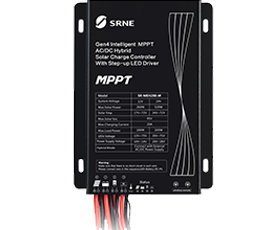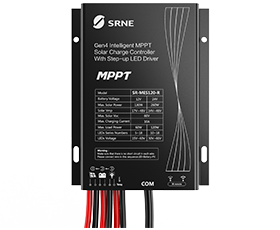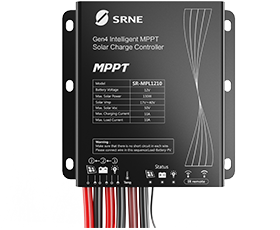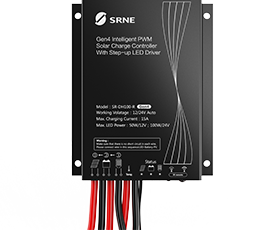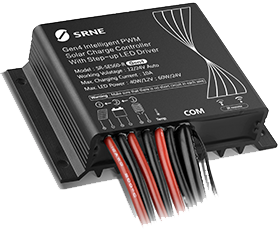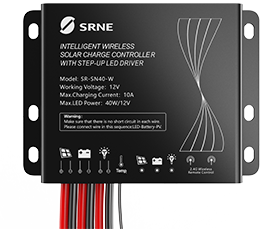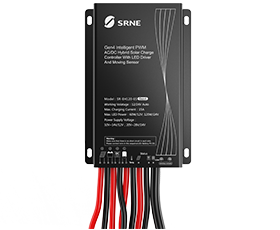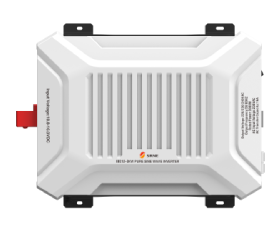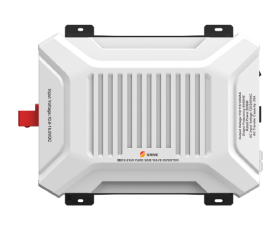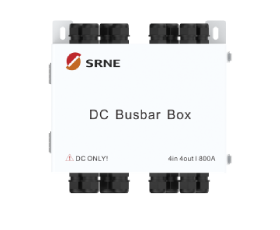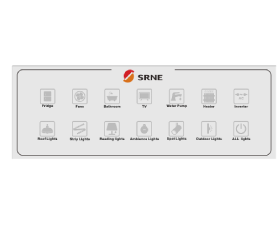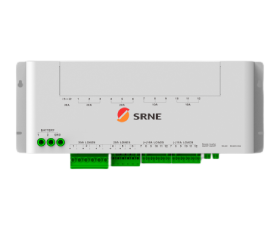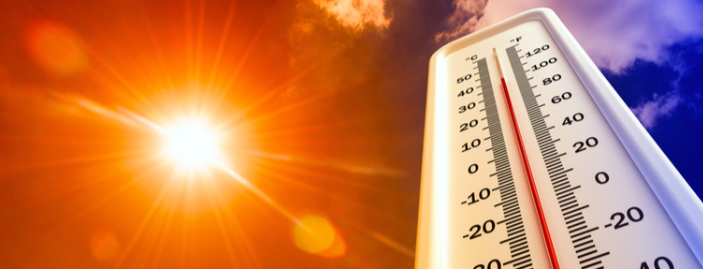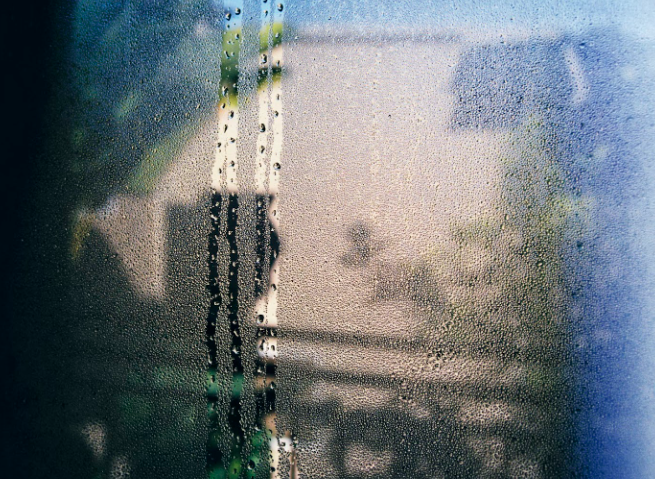Impact of Environmental Conditions on Home Power Inverter Performance
Home power inverters play a crucial role in converting DC power from batteries or solar panels into AC power for home use. However, like any electronic device, their performance and lifespan are significantly influenced by environmental conditions. Factors such as temperature, humidity, and dust can impact a home power inverter's efficiency, reliability, and longevity. For more detailed information, you can refer to the SRNE Product User Manual. In this article, we'll explore how these factors affect inverter performance and how you can mitigate their negative effects.
Temperature: The Heat Effect
Temperature is one of the most critical factors that can impact the performance of a home power inverter. High temperatures can cause overheating, reduce efficiency, and even damage internal components. Inverters are designed to operate within a specific temperature range, and exceeding this range can lead to issues like reduced power output and component failure. Conversely, extremely low temperatures can reduce inverter performance, especially when it comes to power conversion efficiency. Cold conditions may also cause the internal battery components to lose their capacity, affecting the overall energy supply.
Temperature fluctuations can also lead to thermal cycling, where repeated heating and cooling cycles can cause solder joints and other internal connections to weaken over time, ultimately leading to failure.
To prevent these temperature-related issues, it's best to install your inverter in a temperature-controlled area, away from direct sunlight, and ensure proper ventilation around it. In areas with extreme temperatures, using additional cooling systems like fans or heat sinks can help maintain optimal conditions.
Humidity: The Moisture Menace
High humidity levels can lead to condensation, which may damage internal electronic components and increase the risk of electrical faults. Moisture inside the inverter can lead to corrosion and electrical shorts, significantly reducing its lifespan. Humid conditions also create an environment that promotes rust and the deterioration of metal components, affecting the inverter over time.
To minimize the impact of humidity, place the inverter in a dry, well-ventilated area, ideally indoors. If installation in a high-humidity area is unavoidable, consider using a waterproof or weather-resistant enclosure to protect the inverter. In particularly humid environments, a dehumidifier can also be used to keep moisture levels under control.
Dust and Particulate Contamination
Dust buildup inside the inverter can obstruct airflow, reducing cooling efficiency and potentially causing overheating. Dust accumulation on electronic components can create hot spots, degrade performance, and increase wear over time. Dust particles can act as insulators, trapping heat and preventing proper cooling, which may result in system overheating or failure.
To keep dust from compromising your inverter's performance, it's important to regularly inspect and clean the unit. Installing dust filters can also help minimize the amount of particulate matter entering the inverter, particularly if it is installed in a dusty environment. Keeping the surrounding area clean will further reduce the risk of dust buildup.
Proper Placement: The First Line of Defense
The placement of your inverter can make all the difference when it comes to its longevity and reliability. In addition to temperature, humidity, and dust, factors like direct sunlight exposure, vibrations from nearby machinery, and overall accessibility should also be considered.
Avoid placing the inverter in direct sunlight, as this can increase its operating temperature and degrade its exterior components over time. Secure the inverter on a stable surface to minimize the impact of vibrations that could loosen connections or damage sensitive internal components. It's also important to install the inverter in an accessible location for easy maintenance and inspection, while keeping it away from high-traffic areas to avoid accidental bumps or exposure to contaminants.
Other Environmental Factors to Consider
Altitude
The altitude at which the inverter is installed can also affect its performance. Higher altitudes have lower air density, which reduces the cooling efficiency of the inverter. This can lead to overheating, especially if the inverter is not specifically designed for high-altitude conditions.
If you live at a higher altitude, verify the manufacturer's altitude ratings for your inverter to ensure it can operate efficiently. Additional cooling measures may also be necessary to compensate for reduced air density.
Exposure to Chemicals
In environments where the inverter may be exposed to chemicals—such as industrial areas or near agricultural operations—chemical vapors can corrode metal components and damage sensitive electronics.
To protect the inverter, use a chemical-resistant enclosure and ensure the area has adequate ventilation to disperse any chemical fumes.
Routine Maintenance: Ensuring Longevity
To maximize the lifespan of your home power inverter, routine maintenance is essential. Regular maintenance not only ensures that the inverter continues to operate efficiently but also helps identify potential problems before they become major issues.
Conduct regular inspections to check for dust buildup, corrosion, or any signs of wear and tear. Many inverters come with monitoring systems that provide real-time data—keep an eye on these metrics to detect unusual performance trends. Over time, components such as cooling fans may wear out, so replace these as necessary to ensure continued optimal performance.
SRNE: A Trusted Partner in Power Solutions
Maintaining an efficient, long-lasting home power inverter requires considering all environmental factors that could impact its performance. By taking proactive measures to protect your inverter from temperature extremes, humidity, dust, and other potential threats, you can help ensure that it delivers reliable performance for many years.
SRNE offers high-quality power inverters designed to endure a variety of environmental conditions, ensuring your home energy needs are met efficiently and reliably. Explore SRNE's products to find the perfect match for your home energy system and enjoy peace of mind knowing you're backed by a trusted partner in power solutions.
For more information about SRNE's range of home power inverters and how they can help meet your specific energy needs, visit SRNE's website.





















